All of the coloring pages displayed on this page are free for personal use (view full use policy). Any brands, characters, or trademarks featured in our coloring pages are owned by their respective holders and depicted here as fan art.
Please enjoy these capybara coloring pages!
Stunning Brazilian Capybara Coloring Pages
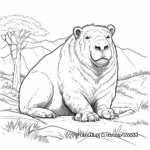
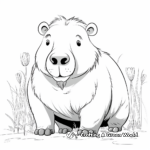

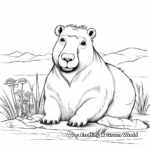
Playful Capybara in Water Coloring Pages

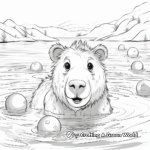
Detailed Capybara Family Coloring Pages
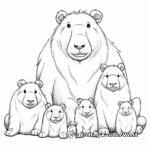
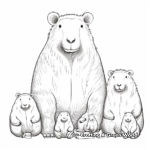
Sketched Capybara Coloring Pages
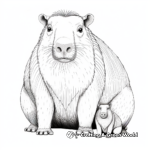
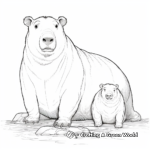
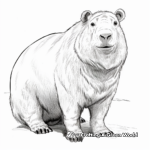
Capybara in the Wild: Jungle-Scene Coloring Pages
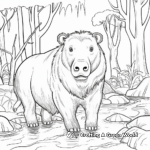
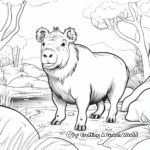
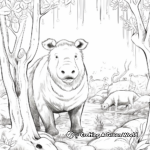
Unique Abstract Capybara Coloring Pages for Artists
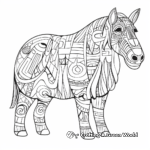
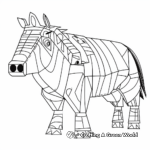
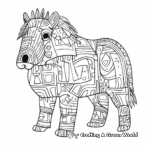
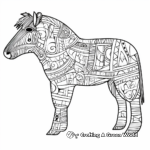
Intricate Capybara Coloring Pages for Adults

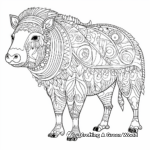
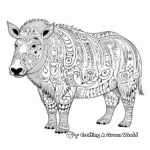
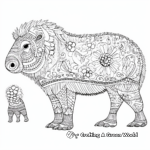
Capybara and Friends: Other Rodents Coloring Pages
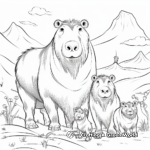
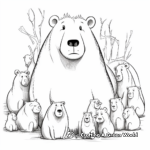
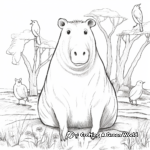
Mother Capybara with Baby Capybara Coloring Pages
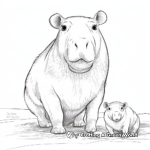
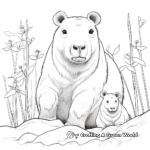
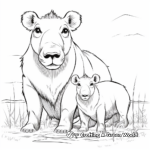
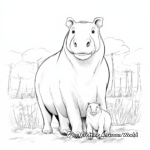
Riverbank Capybara Coloring Sheets
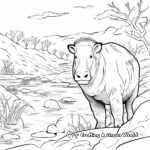
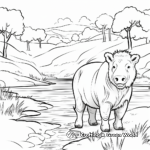
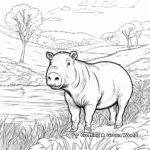
Cute Capybara and Birds Coloring Pages
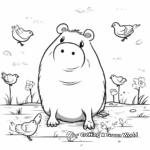
Friendly Capybara Coloring Pages
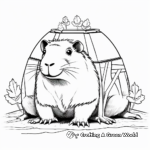
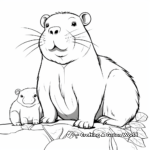
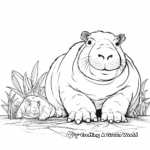
Trailblazing Capybara Coloring Pages


Group of Capybara Coloring Pages
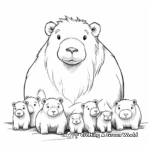
Capybara in the Night Forest Coloring Pages
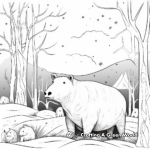
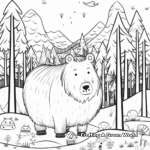

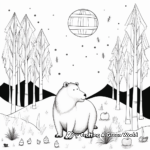
Exotic Capybara Coloring Pages
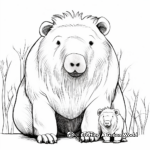
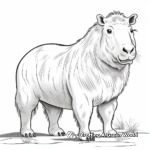
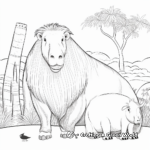
Comic Style Capybara Coloring Pages
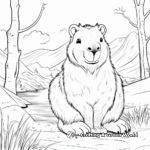



Tips For Coloring Capybaras
What colors should I use for a Capybara coloring page?
You should primarily use shades of brown. Light brown can be used for the Capybara’s body and a darker shade of brown for its eyes. Additionally, a pink or lighter shade of brown can be used for its ears and nose. If you’re adding an environment, common capybara habitats like marshes and grasslands could be represented in green and blue shades.
How can I add more detail and realism to my Capybara coloring?
Start with a light base color for the Capybara’s body and gently build up with darker shades, particularly around the facial area, legs and for creating fur texture. Capybaras also have whiskers and webbed feet, so don’t forget to include those details. For the environment, consider adding reeds, grass, or water elements as capybaras are semi-aquatic creatures.
Are there any distinctive features of the Capybara I should highlight while coloring?
Yes, one of the most characteristic features of capybaras are their large, slightly pointed teeth which are visible even when their mouth is closed. You can use a light ivory or yellow color to depict these. Their ears and snout are also somewhat pink, and they’ve got webbed feet which helps them swim.
Can you provide some interesting facts about the Capybara that I could incorporate into my art?
Yes, the Capybara is the largest rodent in the world and they originate from South America. They are social creatures often seen in groups. Additionally, they are excellent swimmers who take to water to escape predators. Incorporating imagery like other capybaras or a water body could give an authentic touch to your coloring page.
[taxopress_relatedposts id="1"]About Our Coloring Pages
All of the coloring pages displayed on this page are free for personal use. You have our express permission to download, print, color, and enjoy these pages at your own leisure and convenience. Each piece of artwork on this page has been chosen to inspire creativity and make the world of coloring engaging and enjoyable for all age groups. This permission extends to small non-commercial group settings like classrooms or therapy settings - you have our permission to print these for free distribution to small groups.
This permission is granted strictly for non-commercial uses. These images can not be resold, republished, or used for commercial purposes in any form or method. You may not sell the final colored versions, or use them as design elements in a product that is sold. Please contact us for commercial licensing options.
Our priority is to support and inspire creativity among those who love to color. Please join us in honoring this purpose by adhering to these guidelines. Happy Coloring!
